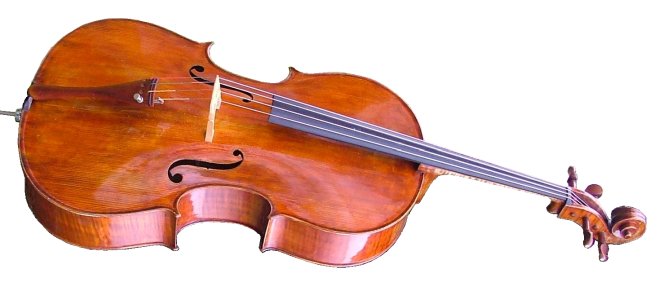Wood was the first and most common material that the young Giuseppe Carlo Bobbi was known to have worked with.
As a skilled cabinetmaker and carver, he become a fine wood sculptor, creating numerous art works and statues with walnut. He also sometimes worked with maple, pine and cherry.
He gained considerable knowledge of such woods as well as techniques of workmanship and finishing, during his apprenticeship in a violin-making laboratory in Piacenza, that is very close to Cremona, the town of the most celebrated of Italian violin-makers. This enabled Giuseppe Carlo Bobbi to become a master violin-maker himself and subsequently, an esteemed member of ANLAI, the Italian association of violin-makers.
As such, Giuseppe Carlo Bobbi regularly created various wood instruments, in particular violins, violas and a few cellos, that have been appreciate by musicians and directors of orchestra, not only in Italy but also abroad. (one of the last cellos realized by Giuseppe Carlo Bobbi in 1954, was published on the web site of the Internet Cello Society in 2007, in the USA).
The accurate choice of material and its skilled preparation, were combined for a perfect realization of the parts and these were completed with an expert finish, so conferring to the instrument, a qualitative and distinguished character much appreciated by musicians.
As testimony to the kind of attention Giuseppe Carlo Bobbi placed in the choice of his materials, some of the last stringed instruments he realized, were built to include top plates of seasoned pine more than 400 years old. This pine came from the roof of Accademia di Brera in Milan, when the roof was destroyed by allied bombing during WWII.
Violins, violas and cellos are a family of stringed instruments born in 1400 as development and improvement of medieval “vielle”.
The viola is distinguished from the violin for a warmer sound beyond that for its greater dimension.
The violin arrives after the viola of which represents an evolution. It’s the stringed instrument with the more acute sound that better approaches the human voice.
Violas and violins are instruments entirely built in wood, whose quality is at the base of instrument performances. The lute maker can deeply act to emphasize the quality of the material, just from selecting the better materials for each parts, at the scope to obtain the best features for each part of instrument.
In this art Giuseppe Carlo Bobbi reached a qualitative excellence like a little number of other its contemporaries in Italy, look at:
(in the image a cello by Giuseppe Carlo Bobbi)
